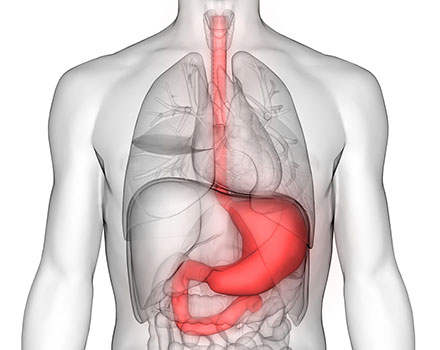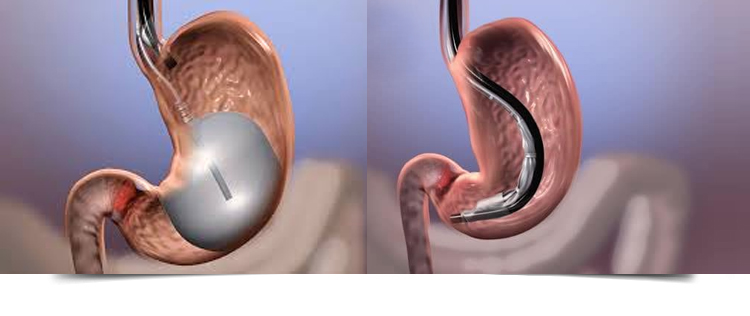Stricture Dilatation

What Is An Oesophageal Stricture?
An oesophageal stricture is an abnormal tightening or narrowing of the oesophagus.
Your oesophagus is a muscular tube that connects the throat to the stomach, carrying food and liquid. A stricture narrows the oesophagus, making it more difficult for food to travel down the tube. In severe cases, even drinking fluid can be difficult.
Oesophageal Strictures Can Be:
- <strong=”secondary-color”>Cancerous: These strictures get worse quickly.</strong=”secondary-color”>
- <strong=”secondary-color”>Benign (not cancerous): Benign strictures tend to progress slowly.</strong=”secondary-color”>
What Causes Oesophageal Strictures?
Conditions or treatments that cause inflammation or scarring in the oesophagus can lead to strictures:
- Eosinophilic oesophagitis: This allergic reaction/immune system problem causes inflammation in the oesophagus, possibly leading to strictures.
- Oesophageal cancer: When abnormal cells divide or grow out of control in oesophageal tissue, the tumour can cause strictures.
- Gastrooesophageal reflux disease (GERD): With GERD, stomach acid can flow backward. The acid damages the lining of your oesophagus. This type of stricture is called peptic stricture.
- Radiation therapy: Treatment for cancer in the head, neck, or chest can cause strictures up to a year and a half later.
- Surgery: A procedure in the oesophagus can leave inflammation and scarring, causing a stricture.
- Other causes: Ulcers, some medications (for example, some antibiotics and non-steroidal anti-inflammatory drugs), certain infections and accidentally swallowing chemicals can also cause strictures.
What Are The Symptoms Of An Oesophageal Stricture?
An oesophageal constriction may cause:
- Burning sensation in the neck or throat.
- Difficulty swallowing (dysphagia).
- Feeling of food getting stuck in your throat.
- Frequent episodes of choking.
Talk to a healthcare provider if you experience any of these symptoms. Strictures can lead to malnutrition and dehydration. Your provider can figure out what’s causing the strictures, so you get the proper treatment and feel better.
Who Is At Risk For Oesophageal Strictures?
Risk factors for oesophageal strictures include:
- Alcohol use.
- Cancer in the neck area.
- Gastrooesophageal reflux disease (GERD).
- Hiatal hernia.
- Peptic ulcer disease.
- A history of dysphagia (difficulty swallowing).
What Are The Tests For Oesophageal Strictures?
X-ray with barium:
- Ultrasound
- Endoscopy
- Oesophageal manometry
What Happens During Oesophageal Dilation?
Before the procedure, your healthcare provider gives you sedatives to help you relax and reduce pain. Your provider will also numb your throat. If you have GERD, you may receive medication that makes your body produce less acid.
Then your provider inserts an endoscope down your throat and into your oesophagus. The goal of the procedure is to insert either:
- A balloon to stretch the area.
- Plastic or rubber dilators of bigger and bigger sizes stretch the area.
- Some patients with complex strictures may also receive metal oesophageal stents to prop open strictures.
Related Services

Dr. Bhavik Shah
Gastroenterologist in Raipur
After finishing his Graduation from prestigious Pravara Institute of Medical Sciences, Loni in 2011, Dr. Bhavik Shah joined Choithram Hospital and Research Centre in Indore.
Our other services
Timings
Mon - Sat (09:00Am - 10:00PM) Sun - (10 am–7 pm)
Phone No
+91-74894 92554
address
1st floor, Indian Chilli Square, Shankar Nagar Rd, opposite Vidya Hospital, Geetanjali Colony, Shankar Nagar, Raipur, Chhattisgarh 492001






